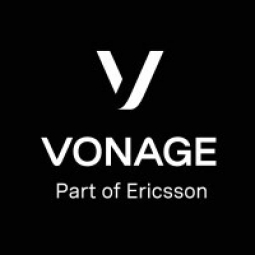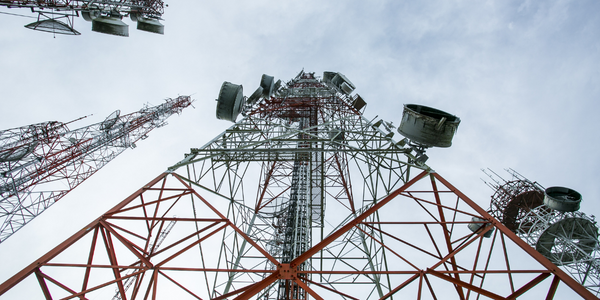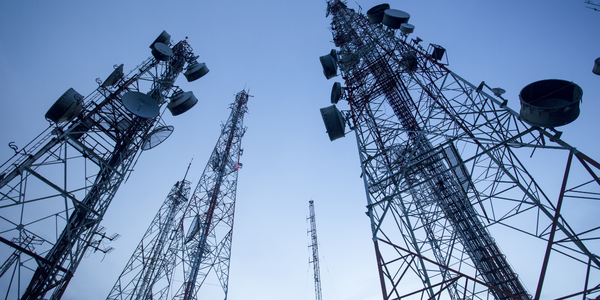Latin American Youth Center Enhances Telephony System with Vonage for Improved Flexibility and Cost Efficiency

Technology Category
- Infrastructure as a Service (IaaS) - Public Cloud
- Robots - Wheeled Robots
Applicable Industries
- Education
- Telecommunications
Use Cases
- Personnel Tracking & Monitoring
Services
- System Integration
- Training
About The Customer
Founded in Washington, D.C., in the late 1960s, the Latin American Youth Center (LAYC) has grown into a nationally recognized agency serving low-income youth. The organization’s staff of 200 employees and volunteers support over 5,000 youth (ages 14 - 24) and families annually through youth centers, school-based sites, and public charter schools in the District of Columbia and Maryland’s Prince George’s and Montgomery Counties. LAYC has four primary sites and dozens of service points through partner schools and organizations. The organization’s guiding principle is “a vision for a future where all youth pursue their dreams, reach their goals, and acquire the skills and self-confidence to live a life of purpose, connection, contribution, and joy.”
The Challenge
The Latin American Youth Center (LAYC), a nationally recognized agency serving low-income youth, was facing challenges with its existing telephony system. As the organization expanded, the need for scalability became critical. The existing on-prem, analog lines for telephone and fax services were proving to be clunky, costly, and difficult to scale. Adding or relocating phone installations required in-person, on-site support, leading to mounting costs. Every time a new employee was hired or existing staff turned over, LAYC had to get new lines or transfer older lines, which meant someone had to physically visit their office to do the work. This was not only time-consuming but also expensive as they had to pay for the service provider's time.
The Solution
To address these challenges, LAYC decided to switch to a cloud-based, IP telephony system. After reviewing a variety of options and companies that offered cloud solutions, they chose Vonage Business Communications (VBC). The VBC system offered the flexibility and scalability that LAYC needed. With VBC, LAYC was able to self-manage their telephony system, eliminating the need for costly on-prem service support. They could add and relocate phones with ease, leading to significant cost savings. Additionally, the VBC mobile app allowed LAYC staff to work from home or anywhere else, a feature that proved especially valuable when they had to close their physical offices during the COVID-19 pandemic.
Operational Impact
Quantitative Benefit

Case Study missing?
Start adding your own!
Register with your work email and create a new case study profile for your business.
Related Case Studies.

Case Study
Vodafone Hosted On AWS
Vodafone found that traffic for the applications peak during the four-month period when the international cricket season is at its height in Australia. During the 2011/2012 cricket season, 700,000 consumers downloaded the Cricket Live Australia application. Vodafone needed to be able to meet customer demand, but didn’t want to invest in additional resources that would be underutilized during cricket’s off-season.

Case Study
SKT, Construction of Smart Office Environment
SK T-Tower is the headquarters of SK Telecom. Inside the building, different types of mobile devices, such as laptops, smartphones and tablets, are in use, and with the increase in WLAN traffic and the use of quality multimedia data, the volume of wireless data sees an explosive growth. Users want limitless Internet access in various places in addition to designated areas.










